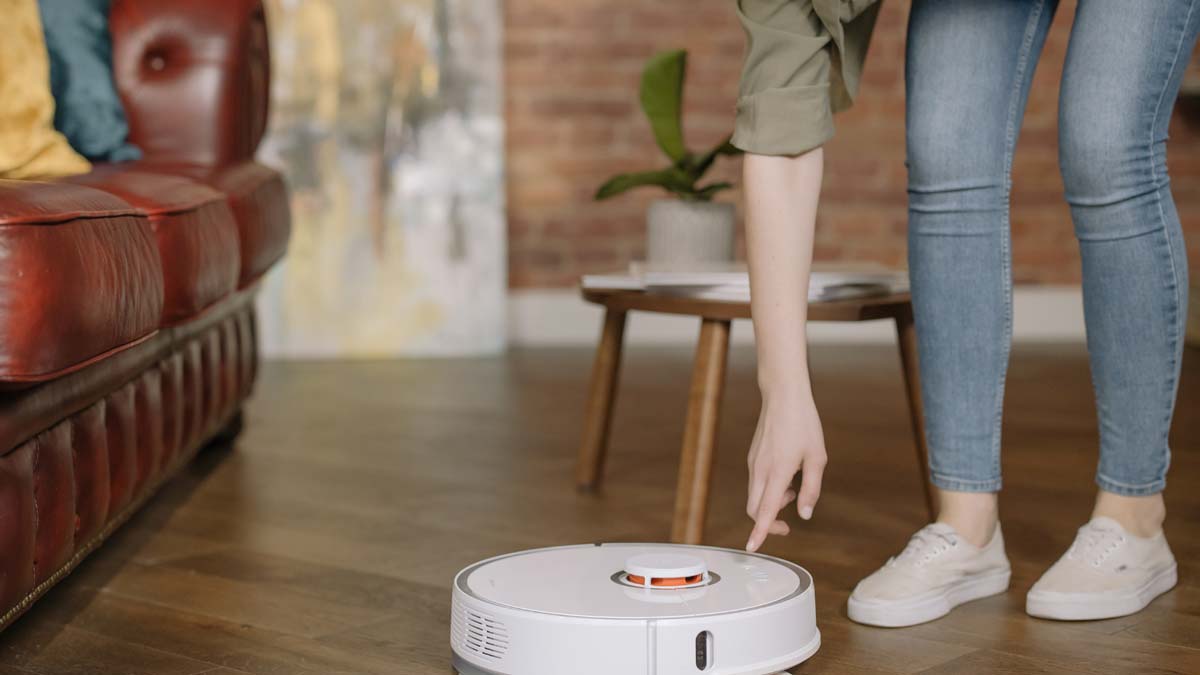Wearable Robots are helping stroke survivors to walk again.
Over the last few years, the Medical Department has done major developments in the field of helping people with spinal cord injuries, neurological disorders, and strokes. The use of wearable robots is growing and their benefits are being widely recognized.
Robots like ReWalk are Exo-Suit, Ekso Bionic’s Ekso NR, and Cybderyne’s Hybrid Assisted Limbs, which helps the patients to fight back.
According to Market Research report, the increase in usage approvals for the wearable robots like Exoskeletons in the medical industry have encouraged big investing companies to invest more towards research and development of exoskeletons. Recently, ReWalk received FDA clearance of ReWalk’s Restore Exosuit System, for use in treating stroke survivors. ReStore is the only exosuit that has got FDA clearance.
It’s a Different World Now :
Now, if a person has got a spinal injury, they have the hope of walking again as the ReWalk Exo-Suit helps the people to walk again normally.
The ReWalk is being controlled by a wristwatch and it reacts to sensors on the torso and hence it can sense when a patient tilts from one side to another. This technology has helped many people who lost their hope of not able to stand and walk again.
Benefits for Stroke Patients :
Recently, robotic technology has started to benefit stroke patients. More than 70% of people who suffer a stroke attack have never regained their capacity of walking.
Companies like Ekso and Cyberdyne has taken the initiative to change it.
Ekso NR helps people suffering from stroke to get back their walking capability. The Ekso NR is used by almost every hospital in European Countries. Ekso NR helps to train the brain and muscles, which allows patients with stroke, spinal cord injury, or other neurological conditions to help their bodies to walk. In the case of a stroke patient, the goal is to teach how to walk again so that they do not need any device for an extended period of time.
Similarly, Cyberdyne has a care model named HAL. This device operates based on wearers’ intentions.
HAL ( Hybrid Assisted Limbs) is a suit that has small electrodes that attach to the leg muscles. The electrodes pick the signals which are sent by the brain through the patient’s body and then transmit them to the device. The device or robot moves according to the signals of the brain. For Example – When a patient thinks of moving forward, the patients take a step forward.
Insurance Coverage :
Robotics has made a huge difference in the lives of many but it has not reached its potential.
Cost is one of the biggest barriers of this technology to the patients who will be benefited from it. Each robot must be customized to its wearer which makes it expensive.
One of the main reasons for not being successful is because of the insurance company as they still do not cover these “Eko Skeletons”. Companies are building a body of evidence that will make insurance companies start to cover these areas as well. So, that people can access technology for their benefit.
